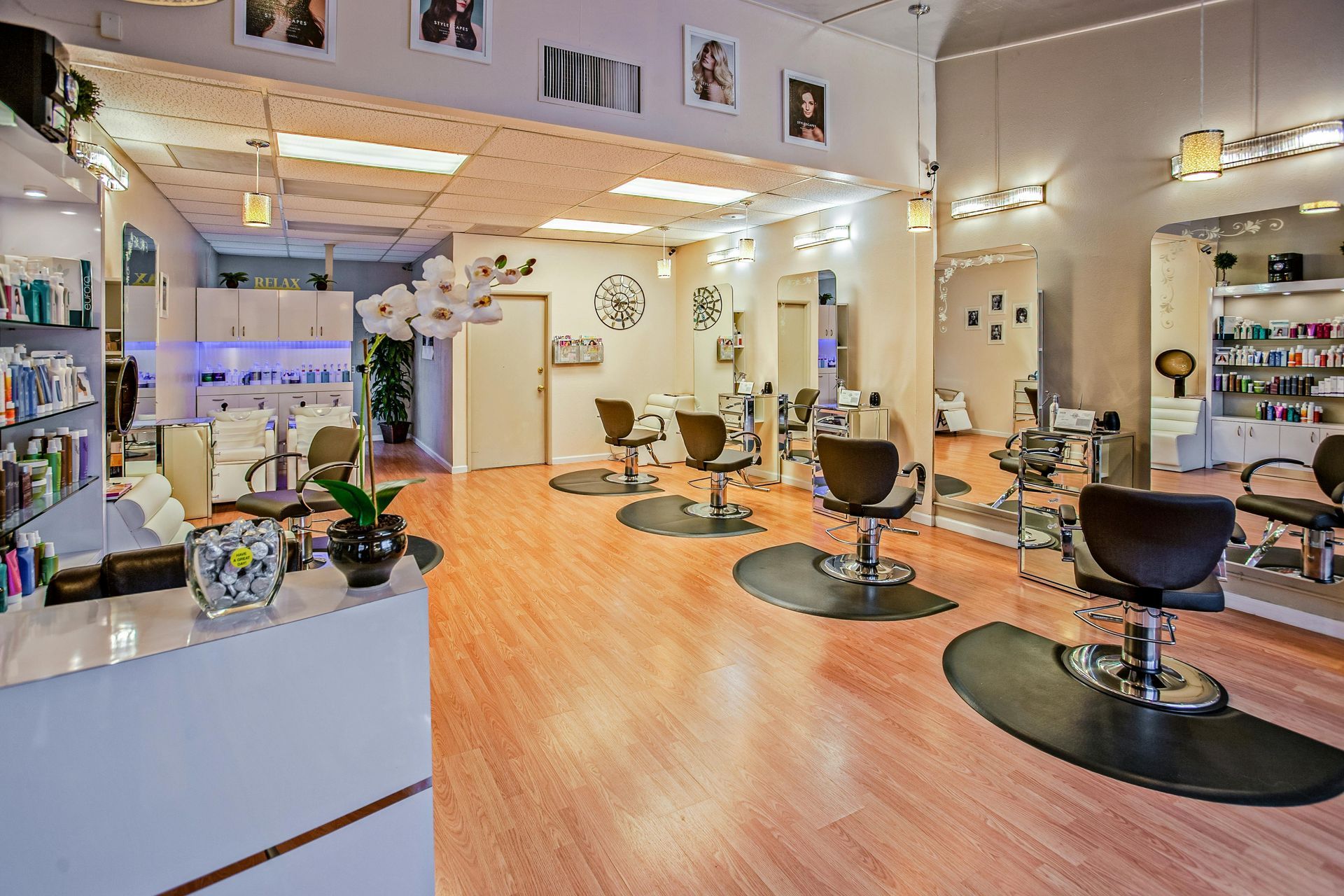New Seller Note Requirements for SBA 7(a) Loans
This is a subtitle for your new post

🏦 New SBA Seller‑Note Rules: What’s Changed as of June 1, 2025
1. Seller Notes Can Only Cover Up to 50% of Required Equity Injection
- To qualify toward the 10% total equity injection, a seller note must now be capped at 50% of that requirement (i.e. max of 5% of project cost).
2. Full Standby Is Required for the Entire Loan Term
- The seller note must remain on
full standby—meaning
no principal or interest payments can be made until the SBA 7(a) loan is fully repaid (Either 10 or 25 year terms). Interest may accrue, but no payments are permitted.
- This replaces the prior 24‑month standby requirement.
3. Subordination & Documentation
- The seller note must be subordinate to the SBA loan and structured to avoid payments if the borrower defaults.
- Documentation typically includes an SBA Form 155 (Standby Agreement) or equivalent.
4. Guarantee Obligations in Partial Ownership Scenarios
- If the seller retains less than 20% ownership post‑closing, they must personally guarantee the SBA loan for at least two years, even if their note is on standby.
Why This Matters for Buyers & Sellers
⚠️ Impact on Deal Structure
- Sellers who agree to finance almost half of the equity but receive no payments for a decade or may refuse to accept these terms.
- Buyers using seller notes as part of their equity need real cash or other acceptable equity sources (e.g. documented personal funds, grants, rollover equity—if allowed).
✅ Seller Notes Are Still a Tool — But a More Restrictive One
- Seller notes remain viable for buyers with limited upfront cash—but only up to half of the injection and with significant deferral risk for the seller.
🚧 Sellers / Owners Who Stay Assume Risk
- Any seller retention of equity triggers personal guarantees, making rollover equity significantly less common or attractive.
Tips to Structure Seller Notes Under the New SOP
- Do the math early: Calculate whether the seller note portion will be within the 50% limit of required equity.
- Negotiate standby terms: Sellers must agree to no payments until the SBA loan is repaid—explicitly document in Form 155.
- Keep equity docs ready: Ensure all non-seller‑note equity (e.g. cash, personal funds, other sources) is well‑documented with bank statements, gift‑agreements, capital roll‑onto statements, etc.
- Anticipate seller reluctance: If a seller hesitates at a 10‑year delay, consider alternative equity like conventional debt or higher buyer cash.
- Avoid rollover unless structured as stock sale: Sellers retaining equity must comply with personal guarantees and co‑borrower status rules.
Under SOP 50 10 8, effective
June 1, 2025, the SBA significantly tightened its stance on seller‑financed equity:
- Seller notes are allowed, but limited to
half of the required equity injection.
- To qualify, they must remain on
full standby throughout the SBA loan term.
- Sellers retaining any equity face
personal guarantee requirements, adding complexity to rollover deals.
If you're structuring an SBA 7(a) acquisition or refinancing, make sure your financial model reflects these constraints—and consult your lender, broker, or SBA attorney early to align on structure and documentation.
Need help evaluating whether a seller note makes sense in your deal? Please reach out today.





Share On: